Less than 1% of existing clothing is used to create new garments
On October 28, the third online edition of 080 Barcelona closed, a fashion show marked, for another year, by the sustainability of the collections presented and by the active commitment of the brands because the origin of the materials they use are sustainable.
According to Cristina Proença, co-responsible for the track at Fashion & Luxury Marketing of TBS in Barcelona, something that "must be taken into account, since the vast majority of the brands that present collections are intended for Pret-à-porter".
In addition, Proença assures that “this commitment is consistent with the awareness that the clothing industry has become, in the last 10 years, the second most polluting industry in the world, just behind petrochemicals, being responsible for 6% of global CO2 emissions, according to data from the Ellen McArthur Foundation”.
The preference for throwaway
According to the report "It Takes Two: How the industry and consumers can close the attitude-behavior gap in terms of sustainability in fashion" of the Zalando clothing marketplace, less than 1% of the clothing that is collected to give it a new life is actually used to create new garments. The document ensures, in this sense, that "the industry does not meet the requirements of consumers in their circular economy demands".
The same study shows that only 23% of consumers recurringly repair their garments to give them a longer life, but even so, 63% of clothing buyers would like their garments to have a new look life after parting with it.
https://t.co/8tQ8LTLyg9 How to Chop Basil with Chef Meg of https:/ /t.co/I5fVvNJIOf https://t.co/jvPzhbHqeS
— Мария Иванова Mon Feb 22 18:12:11 +0000 2016
‘Fast Fashion’ or durable, quality clothing?
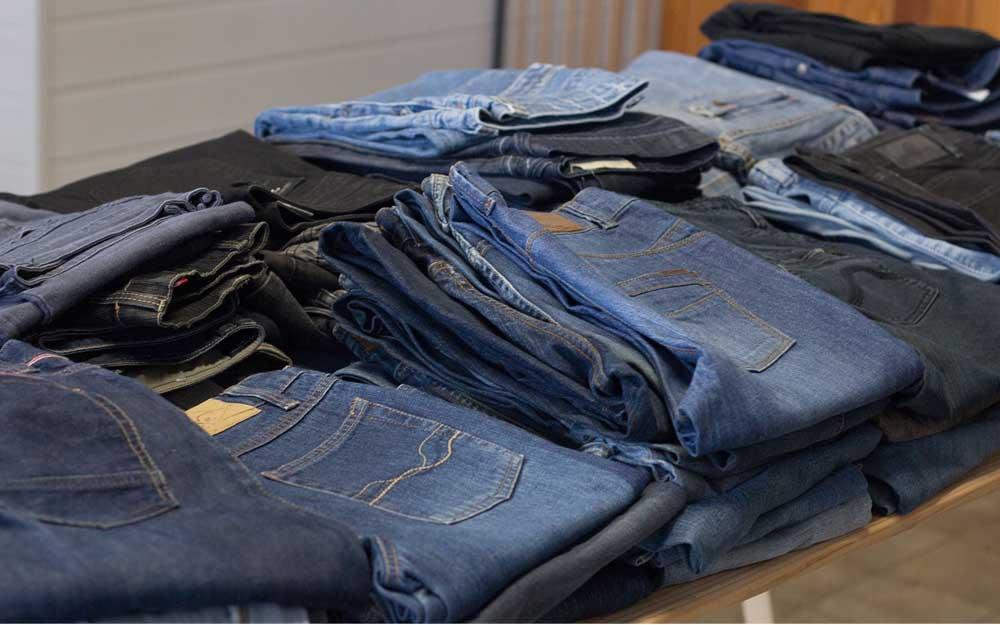
Changing your wardrobe is becoming easier and cheaper thanks to the 'fast fashion' phenomenon, but the popularization of this new fashion also entails very large human and environmental costs.
According to Cristina Proença, “the young designers who are entering 080 Barcelona have lived with the climate emergency for a long time, so, from what has been seen, they prefer to present collections with few pieces, highly versatile and quality, designed to last" and adds that "it is a generation that has literally spent half its life hearing that 17,000 liters of water are needed to make a pair of jeans, when in some clothing chains the jean collections are almost renewed each month".
Even so, nothing seems to indicate that the buying habit of the average cheap fashion consumer will change in a short period of time. As Maud Berthelod, co-responsible for the TBS track in Barcelona, explains, "the sustainable factor is not yet a compelling reason for the customer when making a purchase, since the fact of having the clothes at hand is more important." an affordable price. Consumer awareness is very important and the change must be driven by the brands and all the actors in the value chain”.
Berthelod gives the example of the Fashion Pact that was launched in 2019, a global coalition of companies from the textile and fashion industry, together with suppliers and distributors, that was born with three clear missions: stop global warming, restore the biodiversity and protect the oceans and which, for the moment, has already signed 200 brands, 30% of the world's fashion production.
Luxury and sustainability
In the same way that there is increasing awareness of the environmental effects of the fashion industry, according to a recent report by the BCG consultancy, more than 60% of luxury consumers prefer a company that is concerned about its Corporate Social Responsibility, 10% more than the same report from 2013.
In the same way, 80% of the growth of the luxury sector in the next five years will be very marked by the presence of consumers from the younger generations, a highly sensitive population in the aspect of environmental sustainability.


















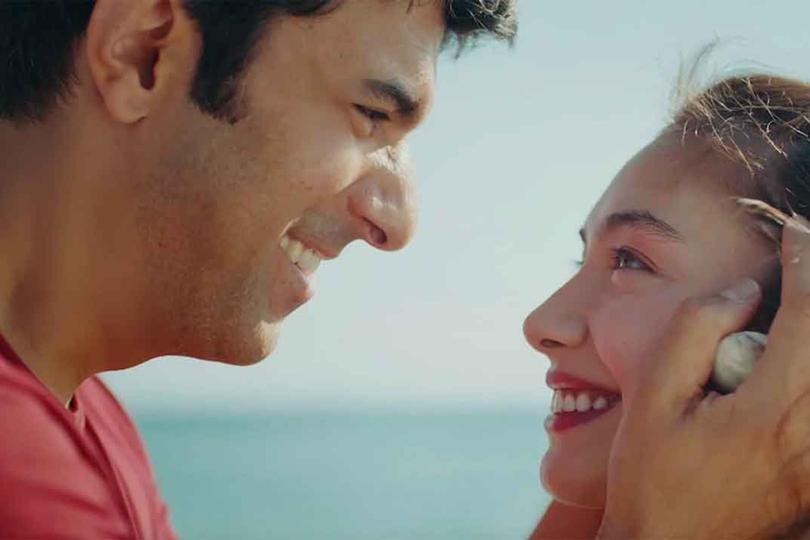

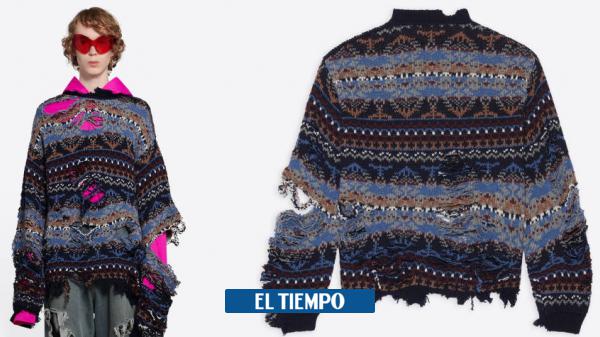
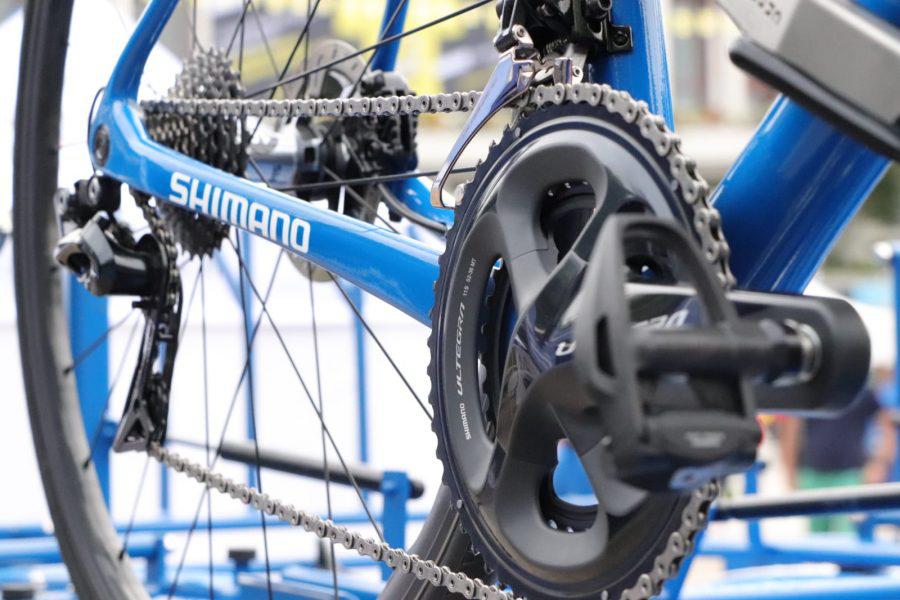

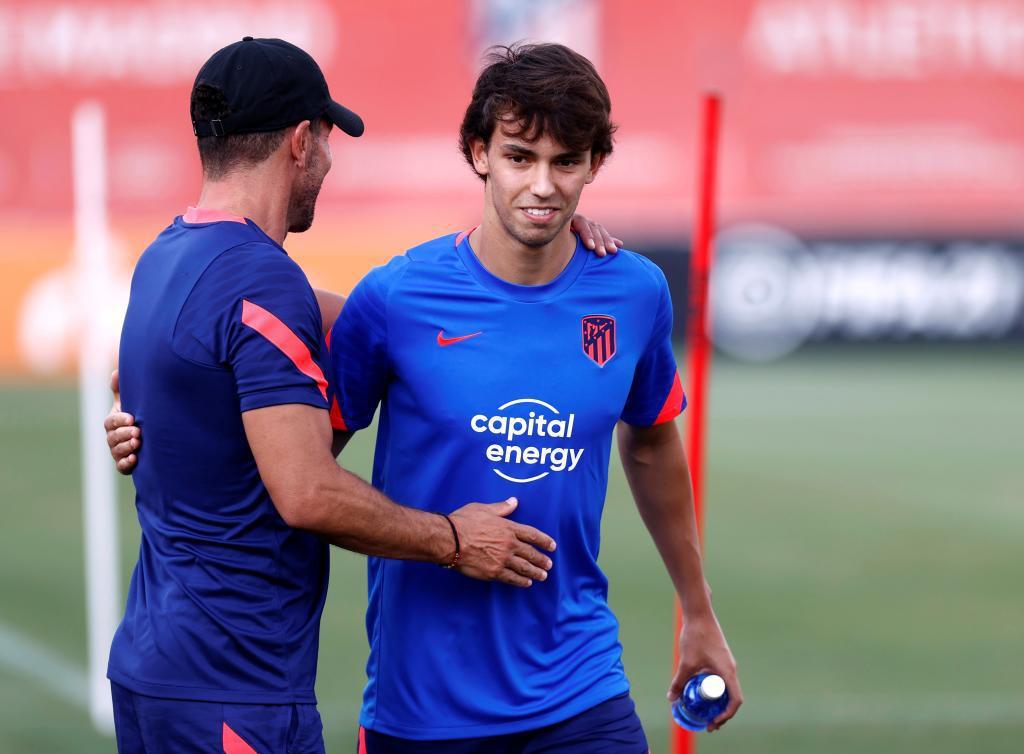
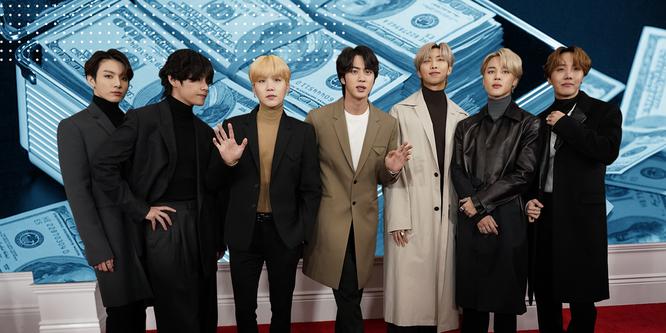
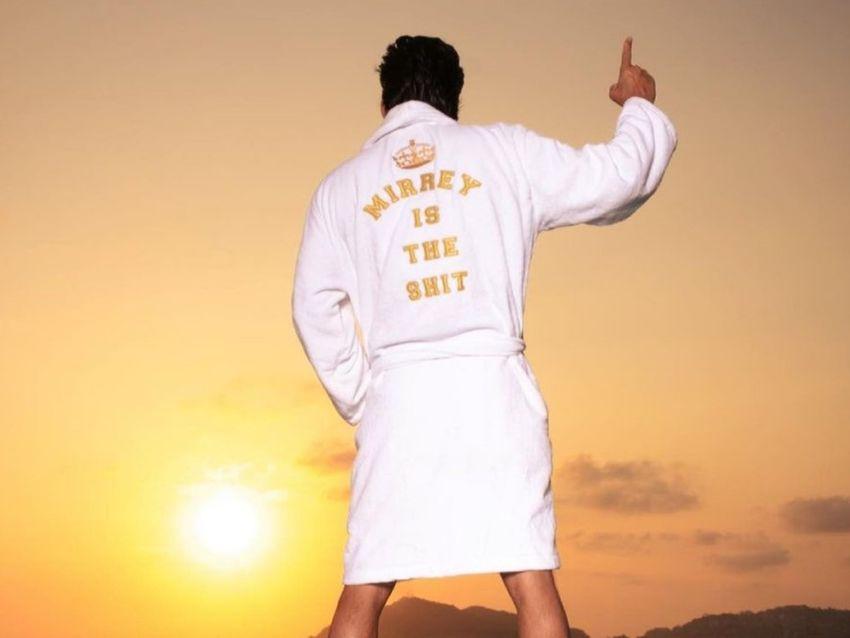
'The ambassador's daughter': everything about the premiere of the Nova series
18/03/2022A girl named Melek arrives in her living room and finds a dead man. Her mother, in the bathroom, cleans the blood from her clothes and her face, in addition, she keeps a knife along with the rest of the things in ...